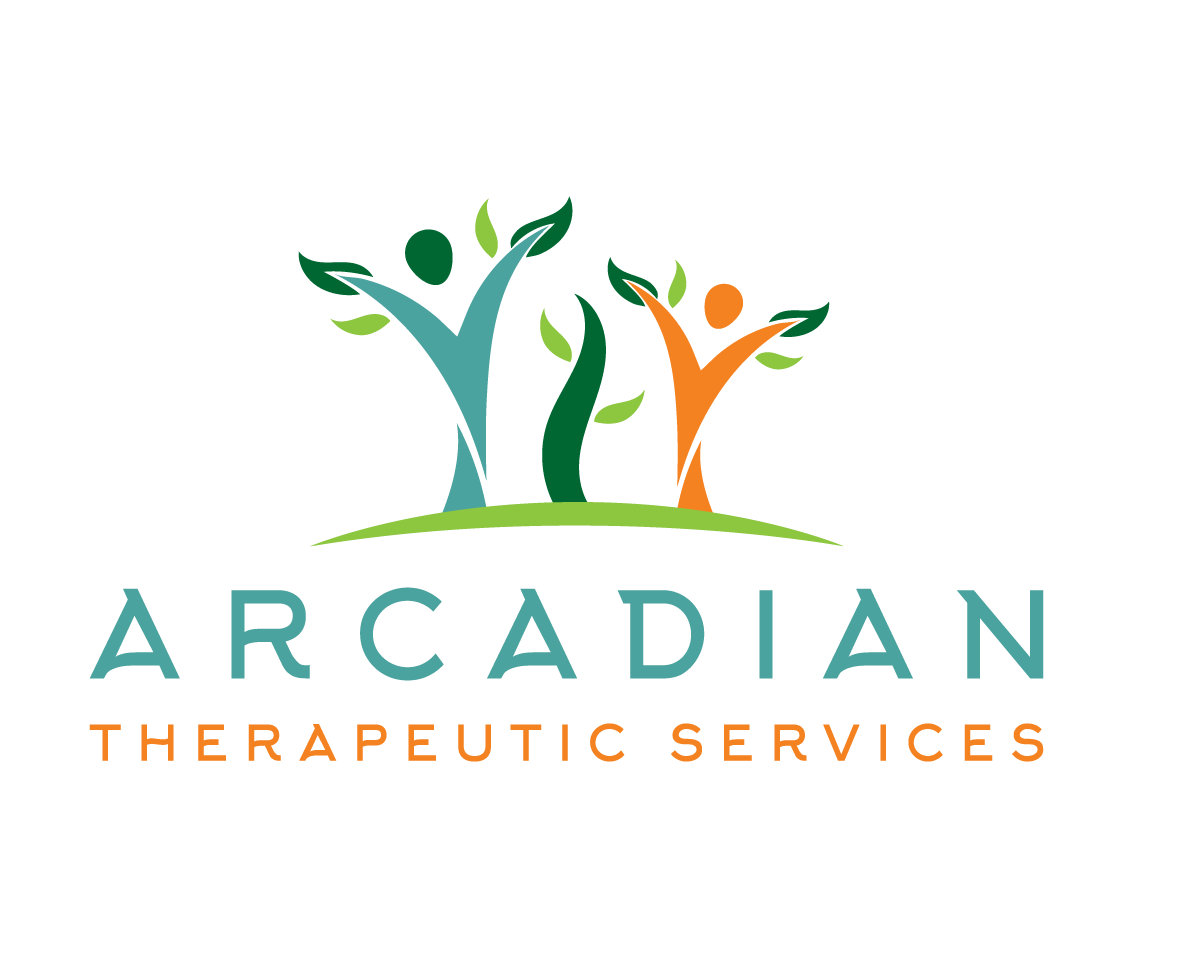The Power of Group Therapy
When people think about Group Therapy, they may think about people (who may or may not want to be there) sitting in a church basement or some other public space in fold-out chairs. Maybe picturing something similar to AA or maybe picturing a scenario such as an in-patient hospital group session. I hope that by the time you are done reading this post, your perception of group therapy has shifted.
I have spent the last three and a half years working in an inpatient psychiatric facility, so I have seen something that might be similar to the typical image of groups but also a different kind of group. I have seen patients, from ages 12 all the way to 85, form connections that encourage growth and change. I have witnessed people having an “ah ha!” moment with regard to their mental health, life decisions, relationships, or just themselves. Group Therapy has a certain power to it that can prove to be incredibly transformative by using peer relationships and group dynamics to create a space where that change is possible.
There are several different types of Group Therapy:
Psychoeducational Groups
These groups work to educate the members about specific coping strategies/skills, issues, or different topics. Some topic examples may be understanding emotions, exploring triggers and how to deal with them, learning more about mental health and disorders, such as depression, anxiety, or trauma. These groups are directed by the group therapist, and I would equate this to a classroom setting in some ways. These groups can be incredibly helpful in settings or situations such as inpatient psychiatric hospitals, outpatient psychiatric programs, parenting classes, and more. These groups focus heavily on the information more than the relationships between peers. These groups can be very effective in increasing knowledge and skills.
Skill Development Groups
Skill development groups are a subgroup of psychoeducational groups. These groups focus specifically on learning, developing, and practicing skills (as you may have been able to tell from the name). These groups may focus on social skills, conflict resolution skills, parenting skills, and more.
Psychotherapy Groups
These groups go much deeper than psychoeducational groups. They explore the unconscious and conscious, take on more serious issues and topics, and generally focus on more intense psychopathology. The group leaders facilitate and guide the group but tend to take more of a backseat when it comes to talking. Deeper connections between group members are encouraged in order to form a cohesive and close group that can navigate difficult conversations and create a space for change to take place. Psychotherapy groups create opportunities for growth and healing in a large number of areas.
Counseling Groups
Counseling groups are between of psychotherapy and psychoeducation. There are skills and coping strategies that are taught but the group also focuses on deeper personal growth and healing. Similar to the psychotherapy groups, the relationships between the members are oftentimes instrumental in these changes. The group therapist will facilitate and guide discussion, teach skills, and generally lead the group but the group members contribute a large amount as well.
Support Groups or Self-Help Groups
These groups tend to be focused on exactly what it sounds like. These groups can have a theme or topic that all of its members have experienced or have in common, and are all focused on a common goal. An example is Alcoholics Anonymous or a Grief group for mothers who have lost a child. These groups focus on the members working together to support each other, learn from each other, lean on one another, and generally accept each other without hesitation. The group leader tends to be more hands-off for these groups, generally providing some direction, support, and helping to navigate any issues in the group.
Group therapy, especially psychotherapy, counseling, and support groups, work because of the relationships created between participants. There is such power in looking around a room and realizing “oh I’m not alone in this”. So often, we compare ourselves to others and use that comparison to tear ourselves down, convince ourselves that we are ___(insert any negative self-talk or negative cognitions)____ compared to someone on instagram, a coworker, a friend, a sibling, or some random person at the grocery store. In this moment we are comparing our internal to other people’s external, which can be devastating and harmful to do. In group therapy, it can be helpful to have a reminder that other people, who we may have never expected to be struggling, are fighting their own battles. In that moment our pride, guilt, shame, or any other emotion that may be holding us back from healing and positive change, is able to disappear for a little, thus allowing us the space to heal ourselves.
If group therapy sounds like something that you feel you or your child may benefit from, it may be something good to explore. Especially in the adolescent years, when they may feel it is them against the world, group experience can be validating and help to cultivate change in ways that it is difficult for them to do through their relationships with school friends or adults. While being vulnerable in a group setting may seem daunting to either you or your child, group is incredibly common and effective for a reason, and the power of group therapy might be worth trying out.
Written by Gracen Kelly, Candidate for Masters in Clinical Mental Health Counseling
